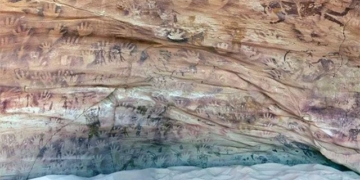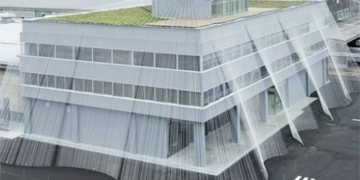Archaeologists Have Discovered Thousands of Animal Mummies at the Temple of Pharaoh Ramses II.
At least 2,000 mummified ram heads dating from the Ptolemaic period, along with an impressive structure from the Old Kingdom, have been discovered at the Temple of Ramses II in the ancient city of Abydos, southern Egypt, according to antiquities officials.
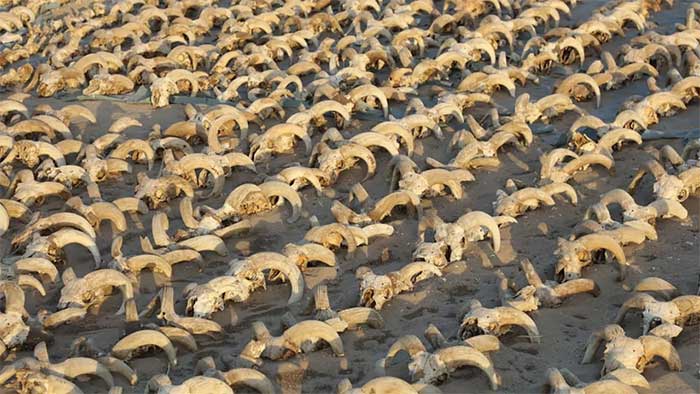
Approximately 2,000 mummified ram heads were discovered during excavations at the Temple of Ramses II in Abydos, Egypt.
Mummified remains of sheep, dogs, wild goats, cattle, antelopes, and mongooses were found in the temple, alongside male ram heads, believed to be offerings of gratitude.
This discovery highlights the reverence for Pharaoh Ramses II at the site approximately 1,000 years after his death, a statement from the Egyptian Ministry of Tourism and Antiquities noted.
The ministry further stated that these findings will help people understand more about the site over a span of more than two millennia until the Ptolemaic period. The Ptolemaic period lasted about three centuries until the Roman conquest in 30 BC.
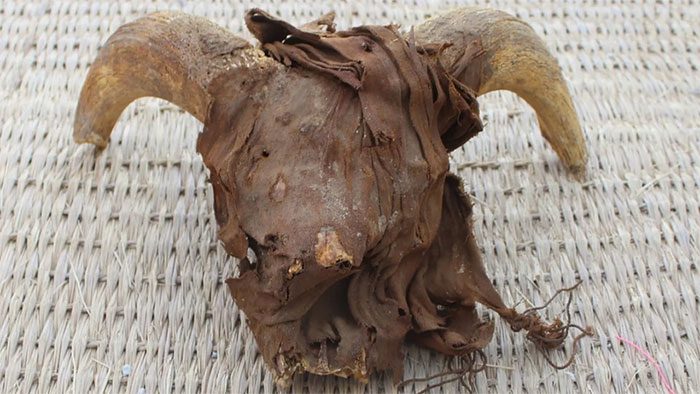
One of the ram heads discovered by archaeologists during excavations in Abydos, Egypt.
Abydos, located in Sohag Province, Egypt, is approximately 435 km south of Cairo. It is one of Egypt’s major archaeological sites, though less frequently visited. The site features a necropolis dedicated to ancient Egyptian royalty from the early period and serves as a pilgrimage center for the worship of the god Osiris.
The excavations were conducted with participation from the Institute for the Study of the Ancient World at New York University, USA.
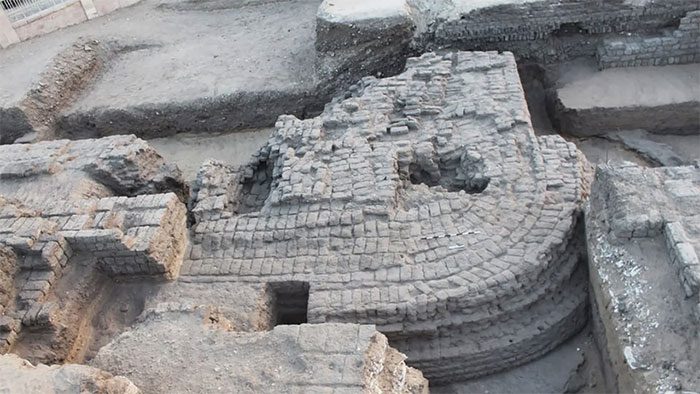
A newly discovered area at the Temple of Ramses II in Abydos.
Along with the animal mummies, the research team uncovered a large palace structure with walls approximately 5 meters thick from the 6th Dynasty of the Old Kingdom, along with several statues, papyrus, remnants of ancient trees, clothing, and leather shoes.
This structure is believed to help “reconstruct the sense of the ancient landscape of Abydos before the construction of the Temple of Ramses II.”



















































